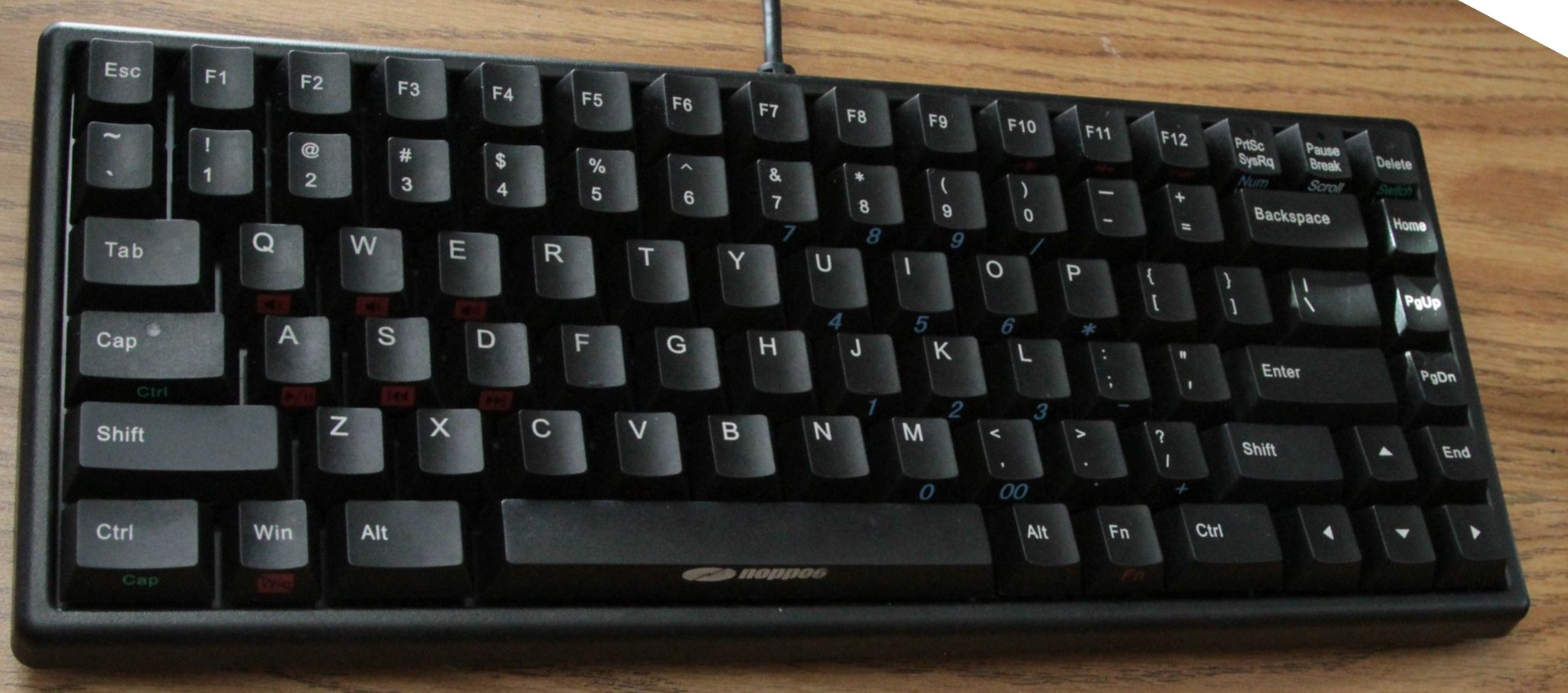

A sandboxed Terminal doesn’t need to let you mess with the system or other apps, or provide ways to execute unsigned code or kill processes it should be able to live in its own jail and let you do whatever you want inside it in much the same way as a GUI user gets to do whatever they want in Shortcuts while maintaining the safety and security of the OS.įour years post- Apple Pencil, and still Apple provides no developer APIs for drawing, sketching, and markup.

#MINI VMAC MAKES KEYBORD WIGOUT INSTALL#
I shouldn’t have to install an X86 emulator on my iPad just to be able to curl a URL and untar it, or to run ffmpeg to convert a local video file.

Now, there’s iSH, which goes as far as emulating an X86 Linux environment just to try and provide a working shell on iOS.Īll of these apps are sandboxed and using public APIs, but only Apple is capable of building the real thing. We’ve seen Mosh, and OpenTerm, which do much of the same. After 2016, I went and built the sandboxed Terminal app I described in my post and populated it with the core BSD utilities from Apple’s Darwin as a demonstration. Now, with Apple’s own Shortcuts app, more users than ever are automating tasks on iOS – it makes perfect sense to provide something more for the power users that need it, especially if Xcode for iOS becomes a reality. Much like the file system, for a certain class of user the need for a command-line environment of some kind hasn’t gone away as I’m sure Apple had hoped. In 2016, many of the fundamental pillars necessary to build an Xcode like this didn’t exist in iOS, like a user-accessible file system, drag and drop, multiple windows, and floating panels – but they do now (or will shortly, if rumors are to be believed). Thus, Apple has to be the one to build this ‘Xcode for iOS’ and make it as powerful as a developer might need, whilst also building the mechanisms into the OS to make it as safe and secure as possible. No third party can build this, because Apple has App Store rules and platform restrictions that prevent anybody else from being able to. There is still an incredible need for something to bridge this gap – a programming environment on iOS that lets you design, write, build, sign, and install an application without having to resort to using a Mac. However, there is still no way for a third-party programming app to run code out-of-process, so any user mistakes can crash the app completely, and of course there’s no way to build and install an app locally using one of these IDEs. In 2017, Apple changed the App Store rules to finally enable programming apps to live on iOS without fear of being removed, albeit with unfortunate restrictions like not being able to display the output of an app in more than 80% of the screen. It has no project structure, so all of your code has to take place in one file, which is fine for teaching material but not for anybody wanting to create something more complex. Playgrounds is fantastic, but you still cannot build and install an app using it, and you cannot mix and match C and Objective-C code with your Swift.

Apple introduced Playgrounds that year, and provided their very own Swift IDE for iPad. Much has changed since 2016 for development on the iPad, but much still stays the same. I originally planned this list to have a Developer/User split, but it became clear that the two go hand-in-hand if you’re doing complex things on iOS today, using the various automation apps, you are but steps away from needing the same things that developers do. Now, three years later, so many things from that wishlist have become a reality that it’s probably a good time to revisit the topics that haven’t yet come to pass, and plan a new wishlist for the years to come. Way back in 2016, in the era of iOS 9, I laid out the tentpole features I wanted to see come to iOS and the Mac.


 0 kommentar(er)
0 kommentar(er)
